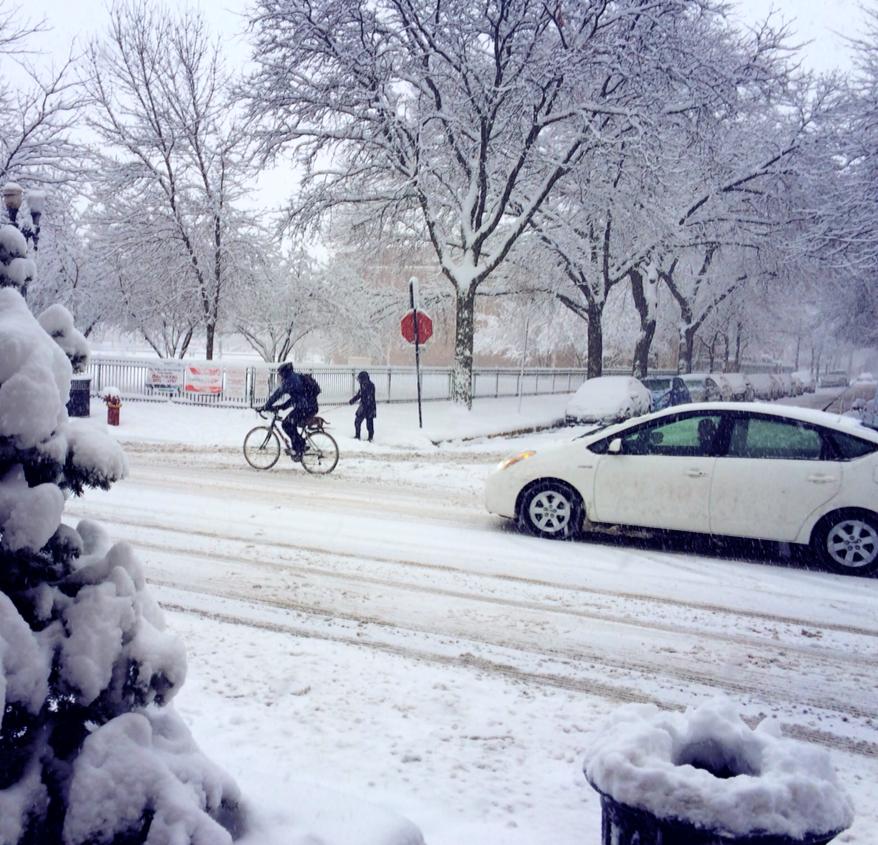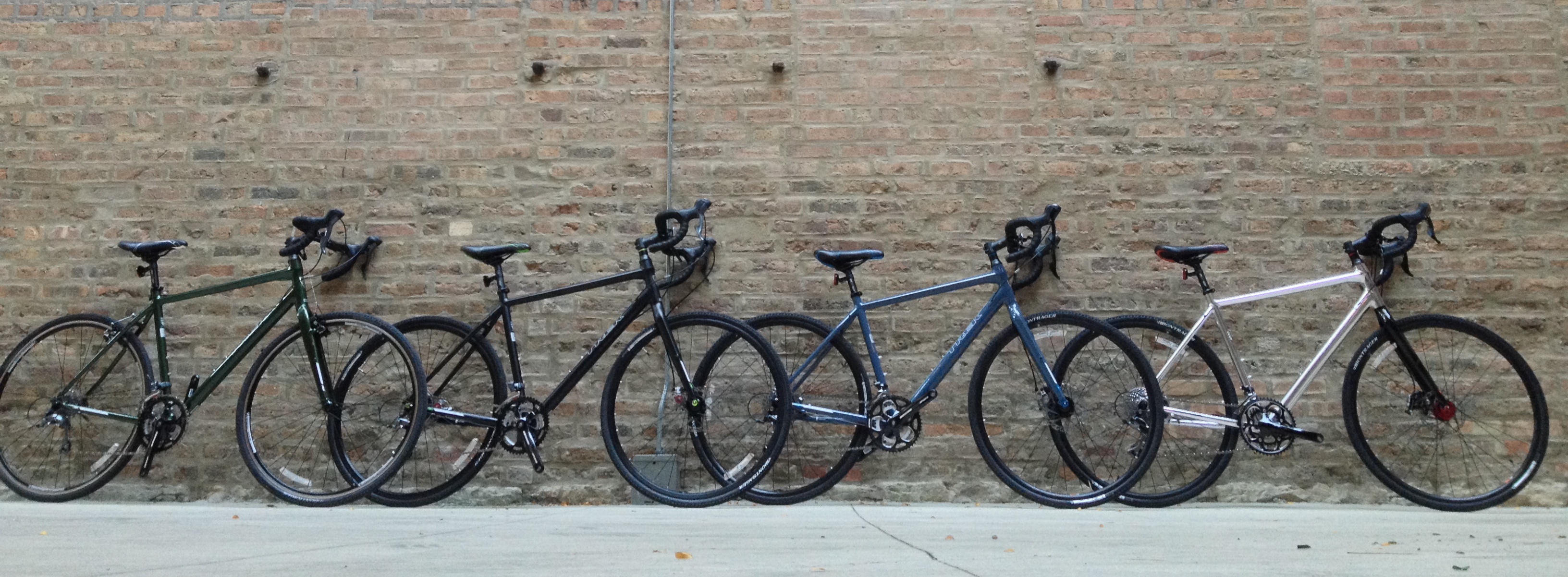Most people think biking is a simple means of transportation: You just hop on and start pedaling. Those who do it every day, especially those who commute via bicycle, know better. Bikes don’t have all the amenities that cars do. You can’t switch on the AC when you get hot, or a heater on those frosty days. The only way to stay comfortable in inclement weather is to dress properly.
The winter can be a miserable biking time if you aren’t properly outfitted, especially with the unusually bad weather some regions have experienced this year. However, with the right preparation, it’s actually pleasant. The basic concept seems obvious: pile on the clothing until you’re warm. Unfortunately, this intuitive approach isn’t as effective as it appears.
Proper Layering
When dressing for cold weather, remember three primary things. Insulation, wind-resistance, and water-resistance are the prime concerns for bicyclers. Depending on the prevailing weather, only one or two of these may be necessary, but having clothing in your closet that can handle all three is just common sense.
Dressing for Short Winter Bike Commutes
The style of clothing you wear when biking will depend on your commute. If you only bike a short distance, or you prefer not to change at work, traditional heavy-weather clothing is your best bet. If your work-place clothes aren’t warm enough, a waterproof windbreaker jacket and biker’s rain pants can solve your problems. Often, being cold is a result of poor wind-resistance. Even the best sweater can’t keep you warm if the wind goes right through it. Water makes the situation even worse, soaking normally suitable insulation and cooling you down fast. A windbreaker and rain pants will fit over a pair of slacks and button-down shirt without trouble. Once you get to work, slipping out of them and folding them into a backpack is as easily done as said.
Dressing for Long Winter Bike Commutes
If you commute a long way, or you don’t mind changing at work, there is clothing specifically designed with bikers in mind. With this type of gear, warmth and a streamlined fit are the design factors. Many bicycle clothing makers have products that are intended to be used in multiple outfits. Rather than having two shirts, short sleeve and long, you can have a single short sleeve shirt and a pair of arm warmers. The same goes for bicycle shorts and leg warmers. Combined with gloves, vests, and the appropriate cover layers, they’ll keep you dry and warm. However, if the weather starts to get really cold and wet, a heavier insulation layer such as a wool sweater – along with a waterproof shell layer – is a better bet. Cycling-specific pants designed to cut the wind and retain heat are a good investment, too. These are usually made of a material like spandex lined with fleece, for maximum protection without being annoyingly bulky.
Regardless of which clothing type you choose, pay attention to the little details, too. Wind-proof gloves will keep you more comfortable, as well as help to prevent accidents. Cold fingers make for difficult steering and braking. Good headgear is also a must, especially when it’s wet out. Many people fail to protect their heads properly and lose a great deal of heat as a result. Another point bikers often forget is their feet: Even if you wear warm shoes, if they aren’t waterproof, you can end up with miserably cold feet. Waterproof shoe covers can save you a lot of grief.
Even a little preparation can make your daily bicycle ride much more comfortable. Doing it right can keep you warmer and safer, even in the worst weather.
Below is a great visual guide on how to dress for winter bike commutes in Chicago.





0 Comment